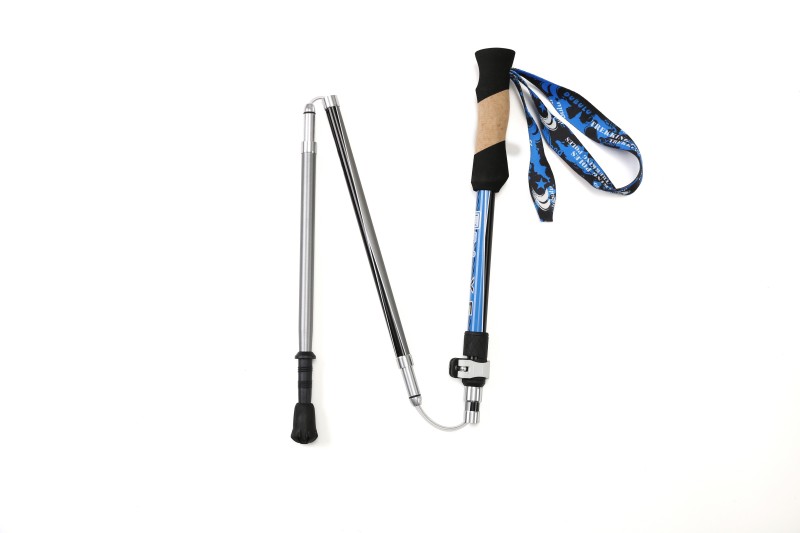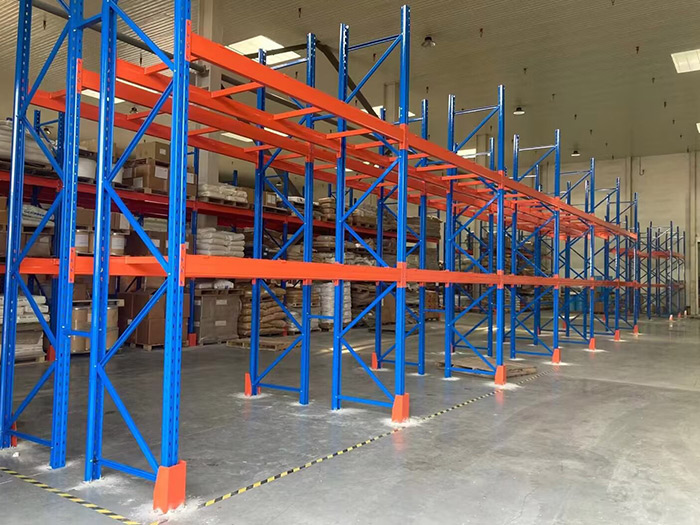Dri-Fit vs. Cotton: Unraveling the Heat Debate in Athletic Wear
When it comes to choosing the right fabric for athletic wear, the debate between Dri-Fit and cotton is a hot topic among fitness enthusiasts and casual wearers alike. As we delve into this discussion, we will explore the properties of both materials, their performance under various conditions, and ultimately answer the question: Is Dri-Fit hotter than cotton?
Understanding the Fabrics
Cotton: The Classic Choice
Cotton is a natural fiber that has been a staple in clothing for centuries. Its softness, breathability, and comfort make it a popular choice for everyday wear. However, when it comes to athletic performance, cotton has some limitations.
- Moisture Absorption: Cotton is highly absorbent, which means it retains sweat rather than wicking it away. This can lead to a heavy, damp feeling during workouts, making it less than ideal for high-intensity activities.
- Breathability: While cotton is breathable, its ability to dry quickly is limited. This can result in overheating during prolonged physical exertion, as the fabric clings to the skin when wet.
- Durability: Cotton can wear out faster than synthetic materials, especially when subjected to rigorous washing and drying cycles.
Dri-Fit: The Performance Fabric
Dri-Fit is a proprietary fabric developed by Nike, designed specifically for athletic performance. It is made from a blend of polyester and other synthetic fibers, engineered to enhance moisture management and comfort.
- Moisture Wicking: One of the standout features of Dri-Fit is its moisture-wicking capability. The fabric pulls sweat away from the skin and disperses it across the surface, allowing for quicker evaporation. This keeps the wearer dry and comfortable, even during intense workouts.
- Breathability and Ventilation: Dri-Fit fabrics are designed with breathability in mind. Many Dri-Fit garments incorporate mesh panels or strategic ventilation zones that enhance airflow, further reducing the risk of overheating.
- Lightweight and Flexible: Dri-Fit is typically lighter than cotton, allowing for greater freedom of movement. This flexibility is crucial for athletes who require a full range of motion during their activities.
Performance Comparison: Heat Management
Now that we understand the properties of both fabrics, let’s compare their performance in terms of heat management during physical activity.
Heat Retention and Comfort
When engaging in physical activities, the body generates heat, and managing that heat is crucial for performance. Dri-Fit excels in this area due to its moisture-wicking properties. As sweat evaporates from the surface of the fabric, it cools the skin, helping to regulate body temperature. In contrast, cotton’s tendency to absorb moisture can lead to a damp and heavy garment, which may trap heat and cause discomfort.
Environmental Factors
The environment plays a significant role in how each fabric performs. In humid conditions, cotton can become saturated quickly, leading to overheating. Dri-Fit, on the other hand, remains effective in both humid and dry climates, as its design promotes evaporation and airflow.
Activity Level Considerations
The type of activity also influences which fabric is more suitable. For high-intensity workouts, such as running or cycling, Dri-Fit is generally the better choice due to its superior moisture management and breathability. However, for low-intensity activities or casual wear, cotton may still be preferred for its comfort and softness.
Conclusion: The Verdict
So, is Dri-Fit hotter than cotton? The answer largely depends on the context. In terms of heat retention and moisture management during physical activity, Dri-Fit outperforms cotton, making it the superior choice for athletes and fitness enthusiasts. However, for casual wear or low-intensity activities, cotton still holds its ground due to its comfort and classic appeal.


